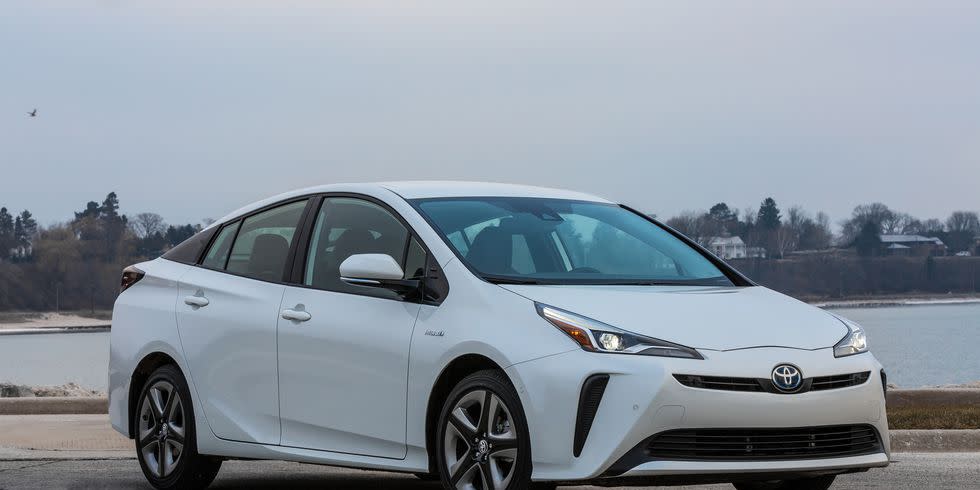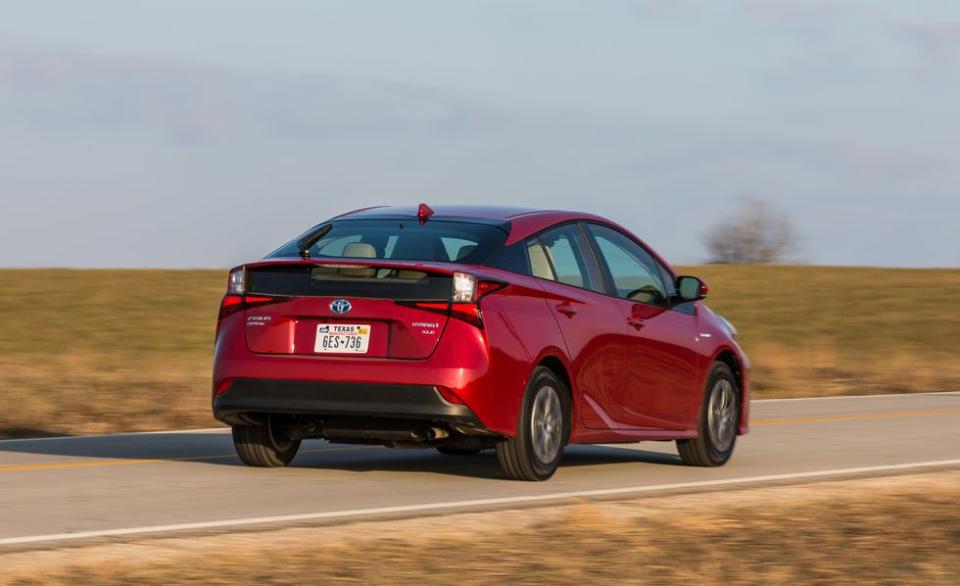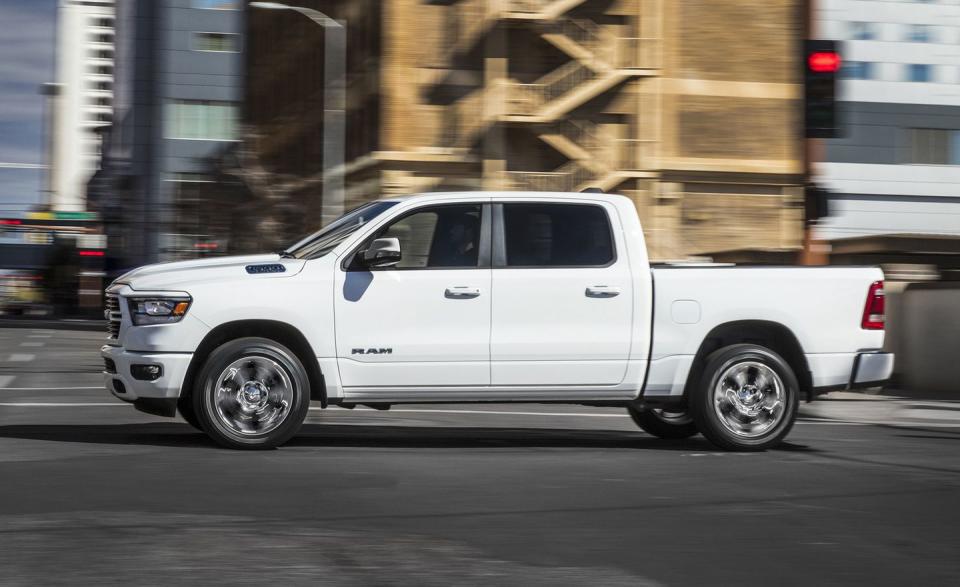What Is a Hybrid Car?

What is a hybrid? Quite simply, a hybrid combines at least one electric motor with a gasoline engine to move the car, and its system recaptures energy via regenerative braking. Sometimes the electric motor does all the work, sometimes it's the gas engine, and sometimes they work together. The result is less gasoline burned and, therefore, better fuel economy. Adding electric power can even boost performance in certain instances.
With all of them, electricity comes from a high-voltage battery pack (separate from the car's conventional 12-volt battery) that's replenished by capturing energy from deceleration that's typically lost to heat generated by the brakes in conventional cars. (This happens through the regenerative braking system.) Hybrids also use the gas engine to charge and maintain the battery. Car companies use different hybrid designs to accomplish different missions, ranging from maximum fuel savings to keeping the vehicle's cost as low as possible.
Different Types of Hybrids

Parallel Hybrid
In this most common design, the electric motor(s) and gasoline engine are connected in a common transmission that blends the two power sources. That transmission can be an automatic, a manual, or a continuously variable transmission (CVT). One very popular hybrid transmission is a power-split CVT, which is used by the Toyota Prius and Chevrolet Volt. Transmission type and the size of the gasoline engine are the main factors that determine how a parallel hybrid will accelerate, sound, and feel. Brands that use the parallel design include Toyota, Lexus, Hyundai, Kia, Ford, Honda, Lincoln, Nissan, and Infiniti.
Series Hybrid
In this design, the electric motor(s) provides all the thrust, and there is never a physical mechanical connection between the engine and the wheels. The gasoline engine is just there to recharge the battery. This results in a driving experience that's more indicative of an electric car, with smoother, powerful acceleration. There's typically less vibration when the gasoline engine engages. However, that engagement doesn't always happen in concert with what your right foot is doing (remember, the battery is making the demands), so the engine might be revving up while the car is cruising at a steady speed. Some find this behavior disconcerting. The BMW i3 with the range extender is an example of a series hybrid.
Plug-In Hybrid
A plug-in hybrid enhances the conventional hybrid concept with a much larger battery pack that, like an electric car's, must be fully recharged using an external electricity source-from your home, office, or public charging station. This greater amount of energy storage is like a larger gas tank: It allows for extended all-electric driving (between 15 and 55 miles depending on the model) and can significantly reduce fuel consumption. In fact, if you have a short commute and recharge nightly, you'll be running on electricity most of the time. Should you deplete the all-electric range, the car basically reverts to being a conventional parallel hybrid. The Chrysler Pacifica plug-in hybrid (shown above) is an example of the plug-in breed.
Plug-in hybrids can be either a series or a parallel hybrid. No one said this wasn't complicated.
Variations on the Hybrid Theme
Twenty years of advancement is making it even more complicated to answer "what is a hybrid?" Honda's new hybrid design, for instance, doesn't fall neatly into the series or parallel bucket. In this design, the engine turns a generator most of the time, like a series hybrid, but at other times, the engine can also directly drive the wheels, like a parallel hybrid. Then there are the so-called through-the-road hybrids, like the plug-in hybrids from Volvo that use a fairly conventional front-wheel-drive engine and transmission paired with an electrically powered rear axle. The Acura NSX, BMW i8, and Porsche 918 Spyder supercars are similar, except their electric-only axles are at the front.
Mild Hybrids
All of the above are considered "full hybrids," which means that the electric motor is capable of moving the car by itself, even if it's for a short distance. In a "mild" hybrid, it cannot. Just as in a full hybrid, a mild hybrid's electric motor is there to assist the gasoline engine for the purposes of improving fuel economy, increasing performance, or both. It also serves as the starter for the automatic start-stop system, which shuts down the engine when the car comes to rest in order to save fuel.

Originally envisioned as a simpler and cheaper means of bringing hybrid technology to market, mild hybrids don't improve fuel economy to the extent that full hybrid systems can. As such, they never enjoyed the same popularity. Recently, however, mild hybrid powertrains are making a comeback, as evidenced by the adoption of 48-volt electrical subsystems in vehicles such as the Ram 1500, Mercedes-Benz E-class, and Audi A6, A7, and A8. Basically, car companies are now applying mild-hybrid technology to just about every new model. In the not-too-distant future, the answer to "what is a hybrid?" may well be "everything."
('You Might Also Like',)

